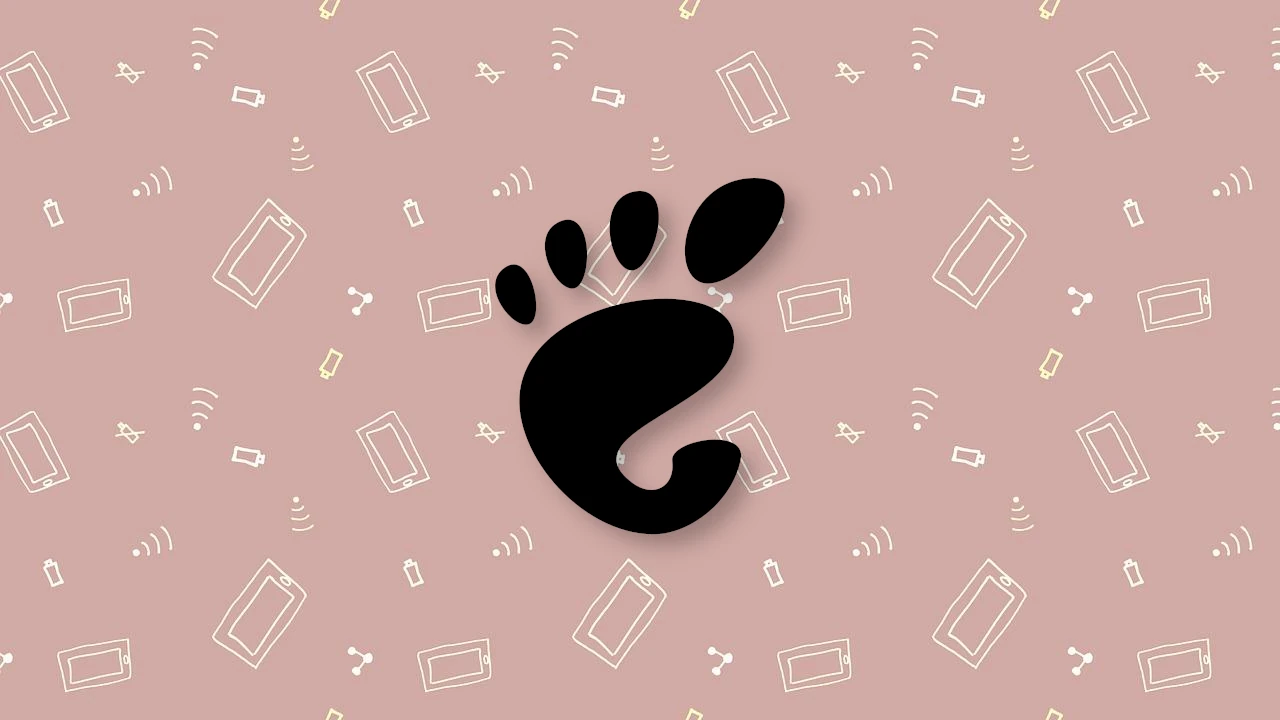GNOME 45 is now in Beta stage! Let’s see the new desktop release that will be default in Ubuntu 23.10 & Fedora 39!
On the road to be more touch-screen friendly, GNOME 45 redesigned even more ‘Settings’ (GNOME Control Center) page.
In ‘About‘ page, the OS name, GNOME version, Window system, Kernel version, etc info have been merged into a “System Details” page. It makes the page clean, but user needs one more click to view the system information. Though it provides a handy button to copy info into clipboard.
The ‘Privacy‘ page has been redesigned to look better. Instead of sorting via tabs in left pane and options in right, it now has a tidy layout just like “Accessibility” since GNOME 44, that group all options in sub-pages.
The top-right corner system menu, aka Quick Settings, has also been improved. User can now press Super (Windows Logo key) + S to trigger the menu. For keyboard with backlight, it now has a flat toggle button to turn on/off the light. And, when click closing background apps using the menu option, it now shows a spinner to provide feedback.
GNOME 45 added 2 new core apps! They include ‘Loupe‘, a touch-friendly image viewer to replace the old classic Eyes of GNOME. The new image viewer supports 2-finger swipe, pinch, and rotate gestures, and double tap to zoom in/out.
And, Snapshot replaces Cheese as the new camera app. It uses GTK4 plus LibAdwaita library for its modern UI that works in both desktop and mobile devices.
In addition, GNOME Photos has been removed from core apps, though there’s so far no replacement.
Other changes in GNOME 45 so far include:
Hardware encoding for screencasts- Camera indicator in system tray when device is active.
- Drag’n’drop to save web image to file.
- Document Scanner ported to GTK4.
- Improve file opening experience while sandboxed
For the GNOME 45 Beta release note, go to this page. And, HERE includes a list of more changes about the new release!
Get GNOME 45 Beta
GNOME 45 will be default in next Ubuntu 23.10 (in proposed repository now), and Fedora 39. Also, Arch Linux based systems will include it as default.
If you can’t wait, there’s a disco image available for testing. And, you can download it via the link below:
